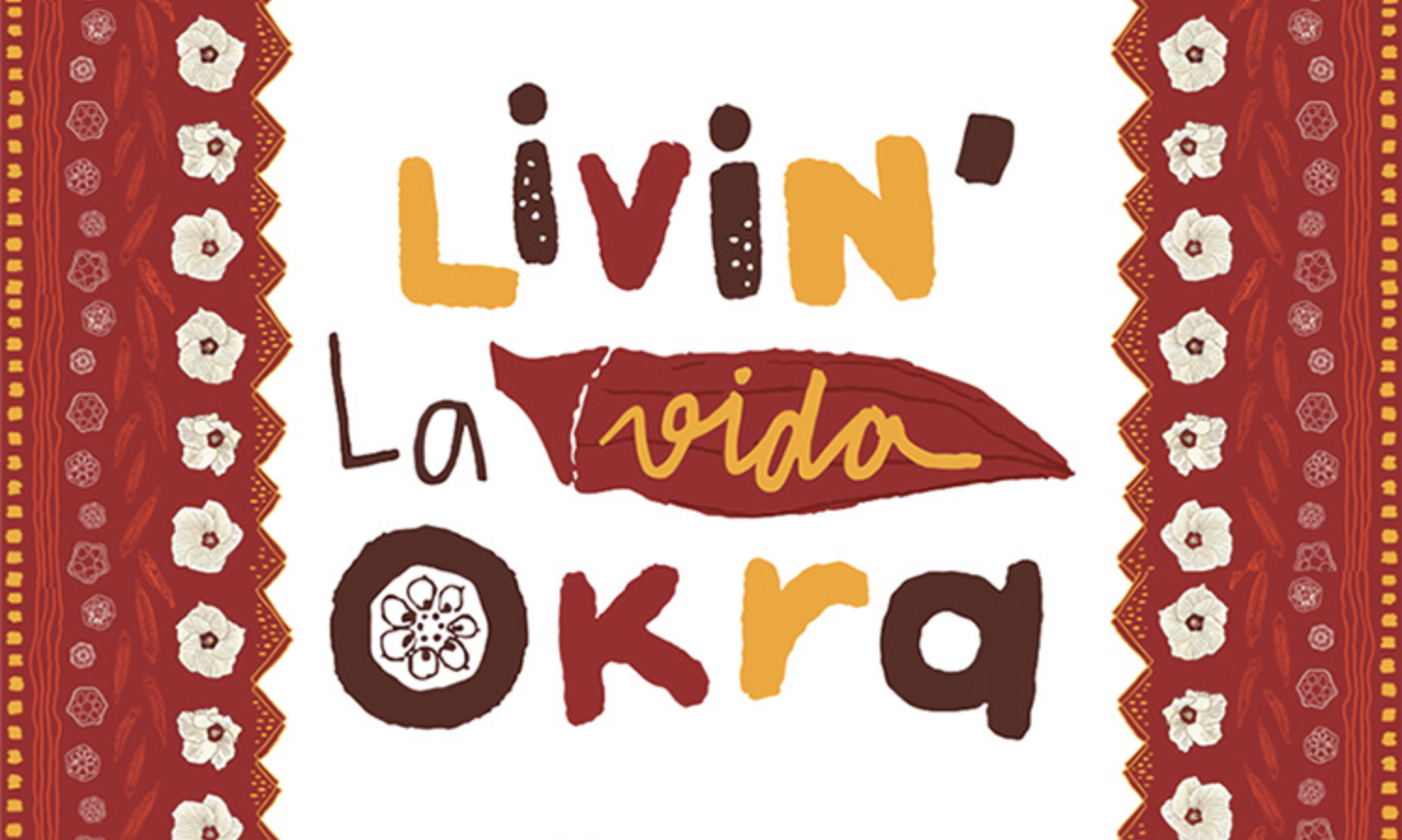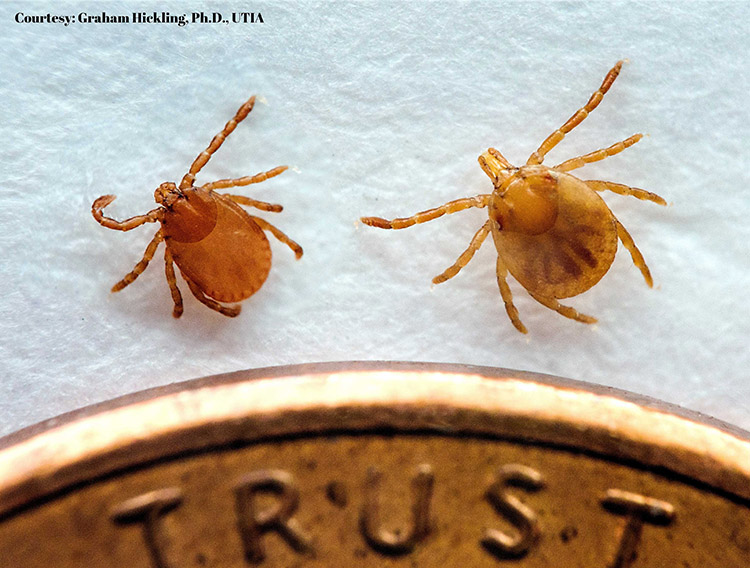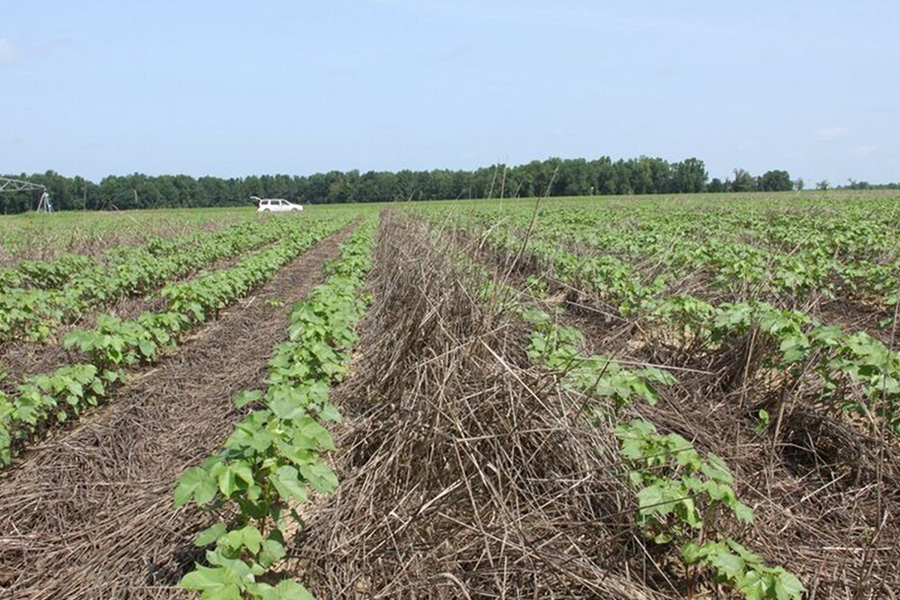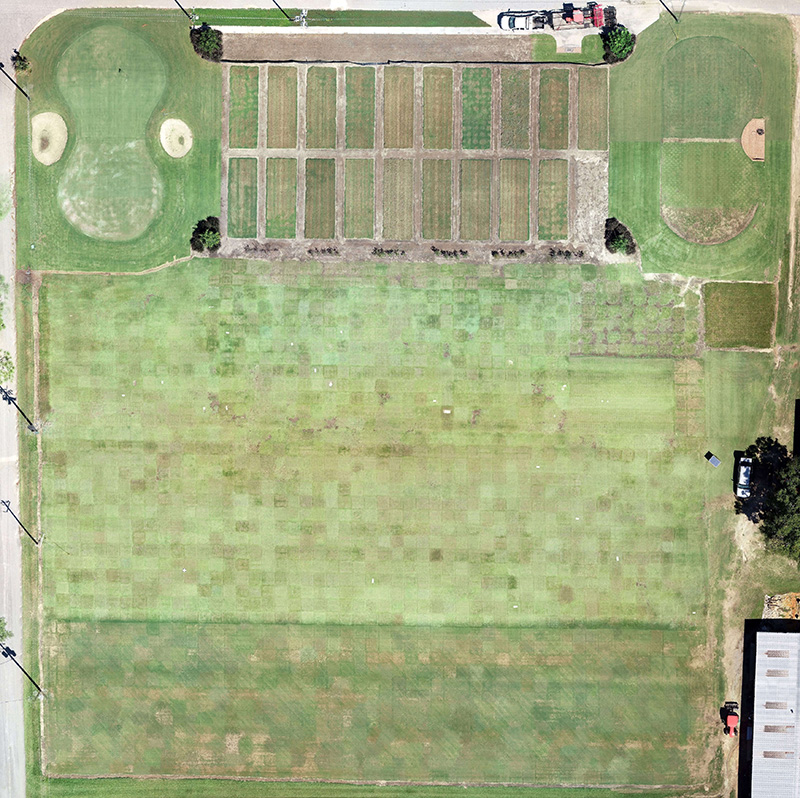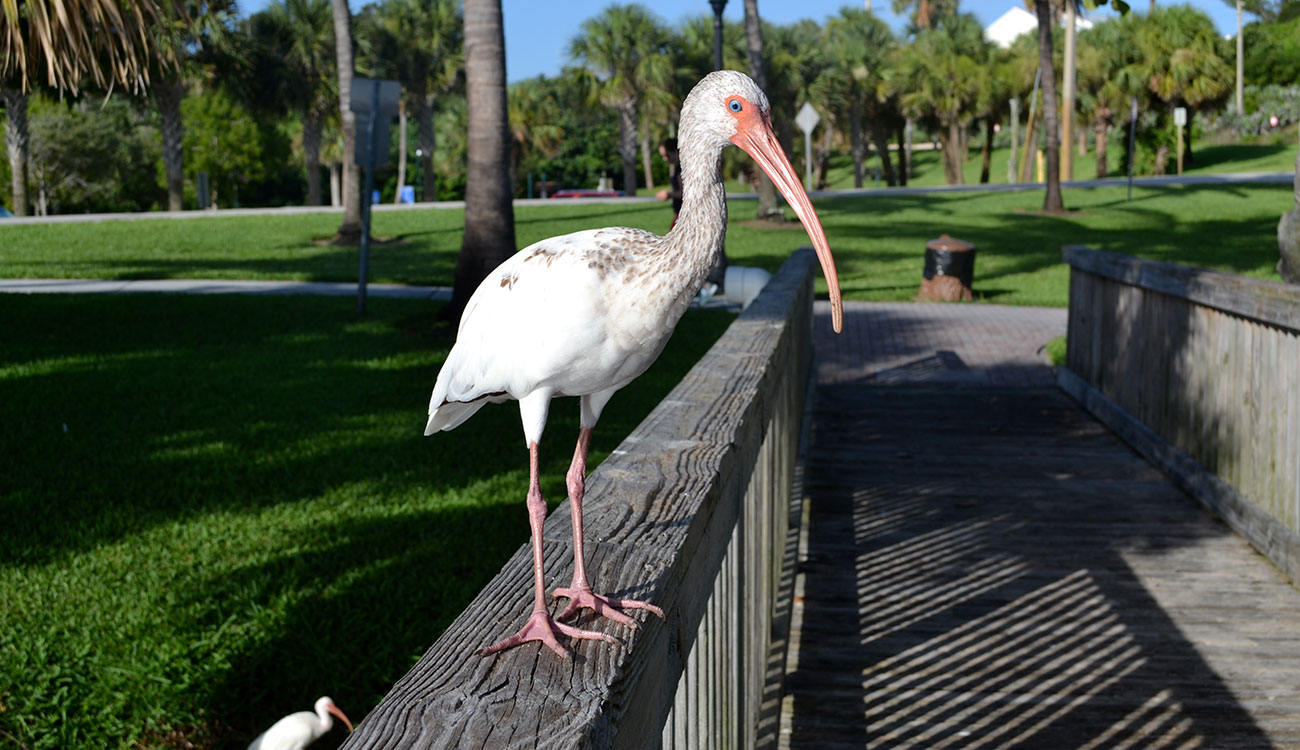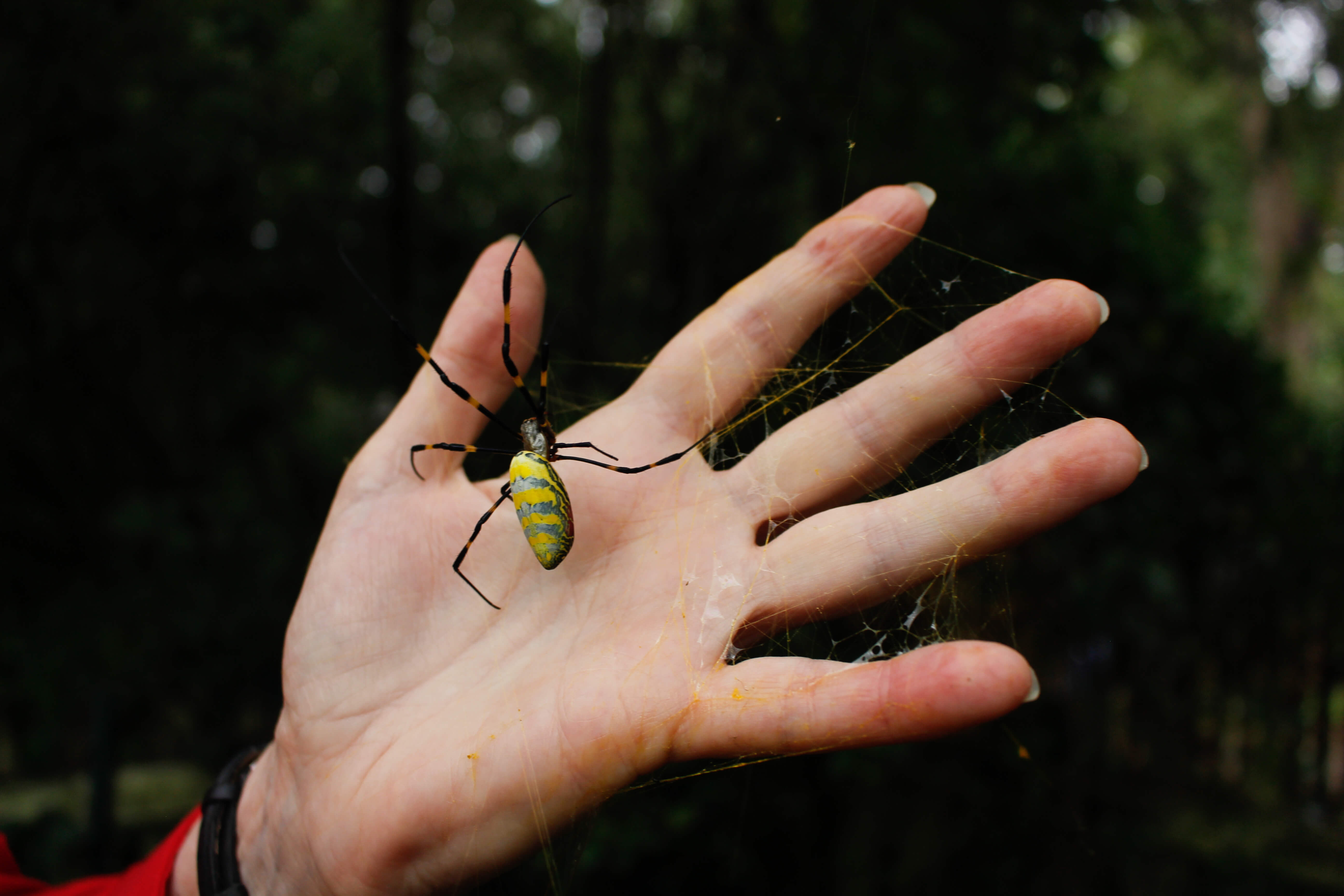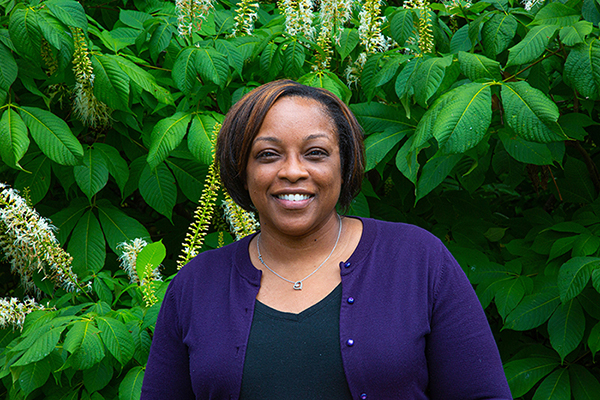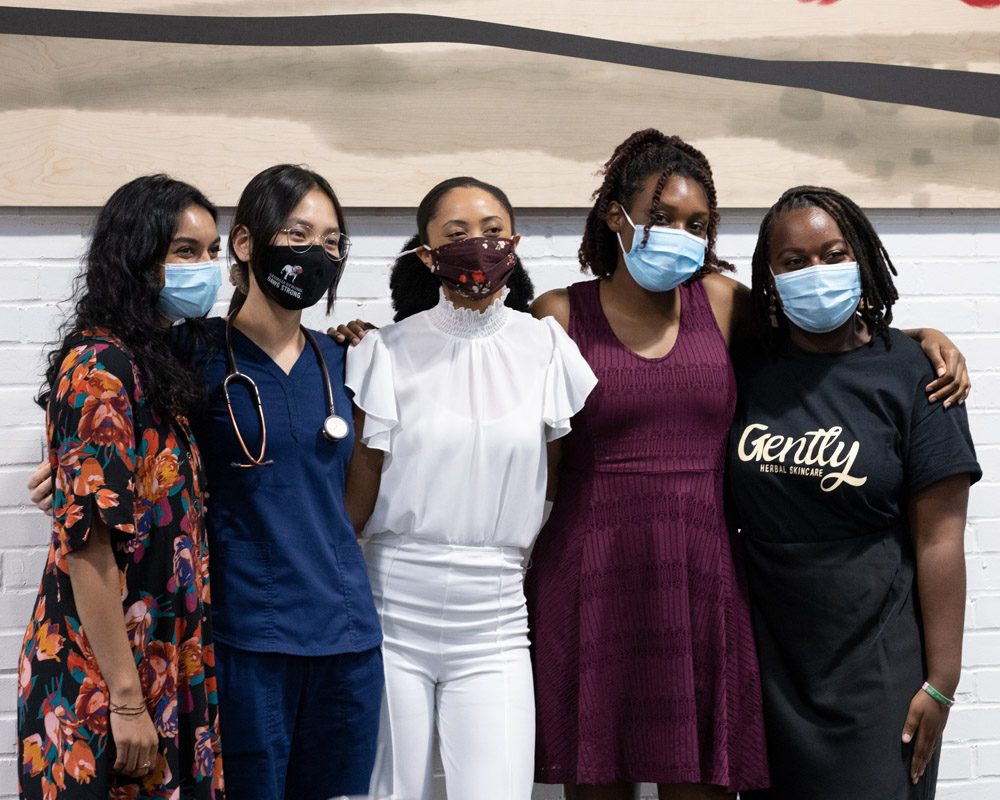 CAES News
CAES News
FABricate Competition
Are you a student with a big idea for a food- or agriculture-related business? Come to the FABricate information session at 6 p.m. Oct. 20 in room 150 of the Miller Learning Center to find out how you can get your idea developed. If you apply, you could win $10,000.

